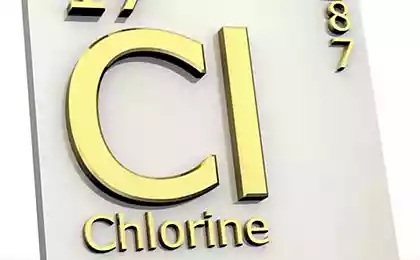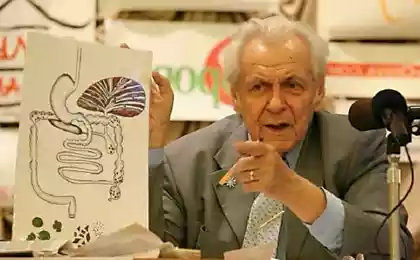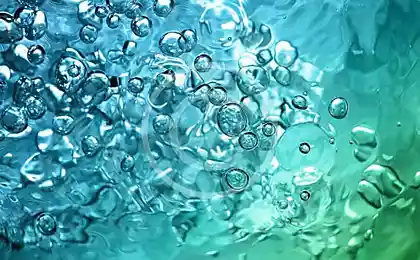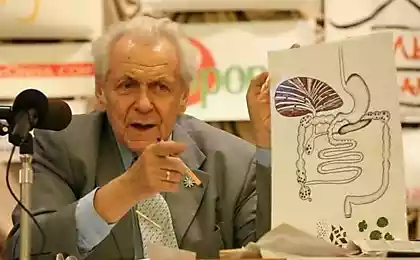617
Created working in the sun and water battery
Engineers from Osaka University used the sun to turn sea water into electricity. A study published in the journal Nature Communications. For the first time sunlight has been used for the production of hydrogen peroxide in amounts sufficient for use in fuel cells.

According to scientists, hydrogen peroxide is a more convenient form of fuel than gaseous hydrogen. As a rule, hydrogen for use in fuel cells must be highly compressed or cooled at cryogenic temperatures to a liquid state. At the same time, liquid hydrogen peroxide is easy to store and safe to transport at high pressure. However, until now, was not known to be an effective and practical method of producing peroxide. Scientists have developed a photoelectrochemical cell that combines the properties of solar panels. When the light strikes the photocatalyst, the latter absorbs the photons and uses their energy to carry out such chemical reactions as oxidation of water and reduction of oxygen.
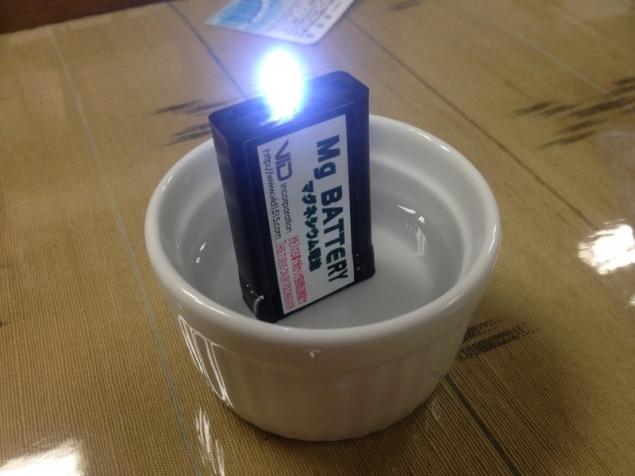
24 hour photoelectrochemical cell made 48 millimol of hydrogen peroxide dissolved in sea water. Previous methods, which used pure water, allowed to obtain two moles of peroxide. Scientists explain it to that in sea water there is a negatively charged chlorine, which is responsible for the increase of the photocatalytic activity. The overall efficiency of systems for the processing of solar energy into electricity reaches about 0.3 percent. This is higher than for many other solar cells on the basis of sources such as millet (0.2 percent), but still less than conventional solar panels. The researchers plan to improve efficiency through the use of other materials.
P. S. And remember, only by changing their consumption — together we change the world! ©
Join us in Facebook , Vkontakte, Odnoklassniki
Source: www.energy-fresh.ru/news/?id=13192

According to scientists, hydrogen peroxide is a more convenient form of fuel than gaseous hydrogen. As a rule, hydrogen for use in fuel cells must be highly compressed or cooled at cryogenic temperatures to a liquid state. At the same time, liquid hydrogen peroxide is easy to store and safe to transport at high pressure. However, until now, was not known to be an effective and practical method of producing peroxide. Scientists have developed a photoelectrochemical cell that combines the properties of solar panels. When the light strikes the photocatalyst, the latter absorbs the photons and uses their energy to carry out such chemical reactions as oxidation of water and reduction of oxygen.

24 hour photoelectrochemical cell made 48 millimol of hydrogen peroxide dissolved in sea water. Previous methods, which used pure water, allowed to obtain two moles of peroxide. Scientists explain it to that in sea water there is a negatively charged chlorine, which is responsible for the increase of the photocatalytic activity. The overall efficiency of systems for the processing of solar energy into electricity reaches about 0.3 percent. This is higher than for many other solar cells on the basis of sources such as millet (0.2 percent), but still less than conventional solar panels. The researchers plan to improve efficiency through the use of other materials.
P. S. And remember, only by changing their consumption — together we change the world! ©
Join us in Facebook , Vkontakte, Odnoklassniki
Source: www.energy-fresh.ru/news/?id=13192
In Australia agricultural robots replace farm workers-people
Yes, I'm 50 — it's time to start living!

